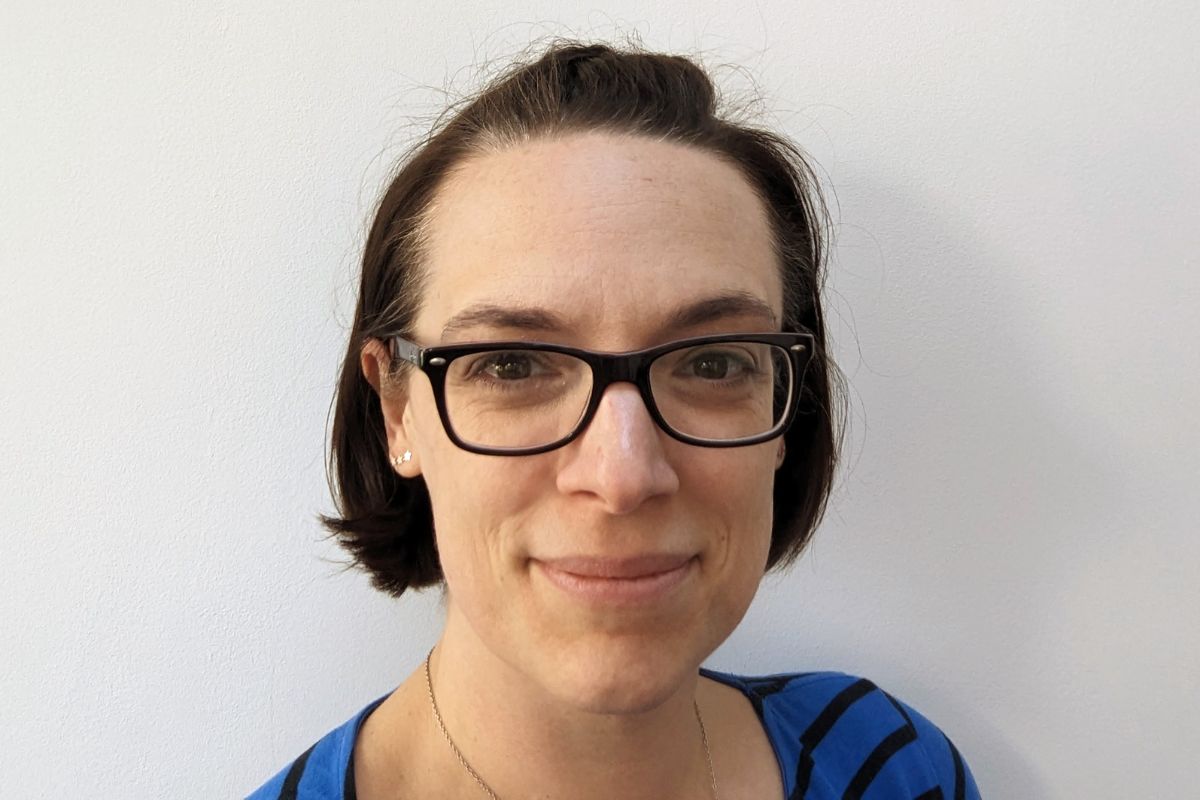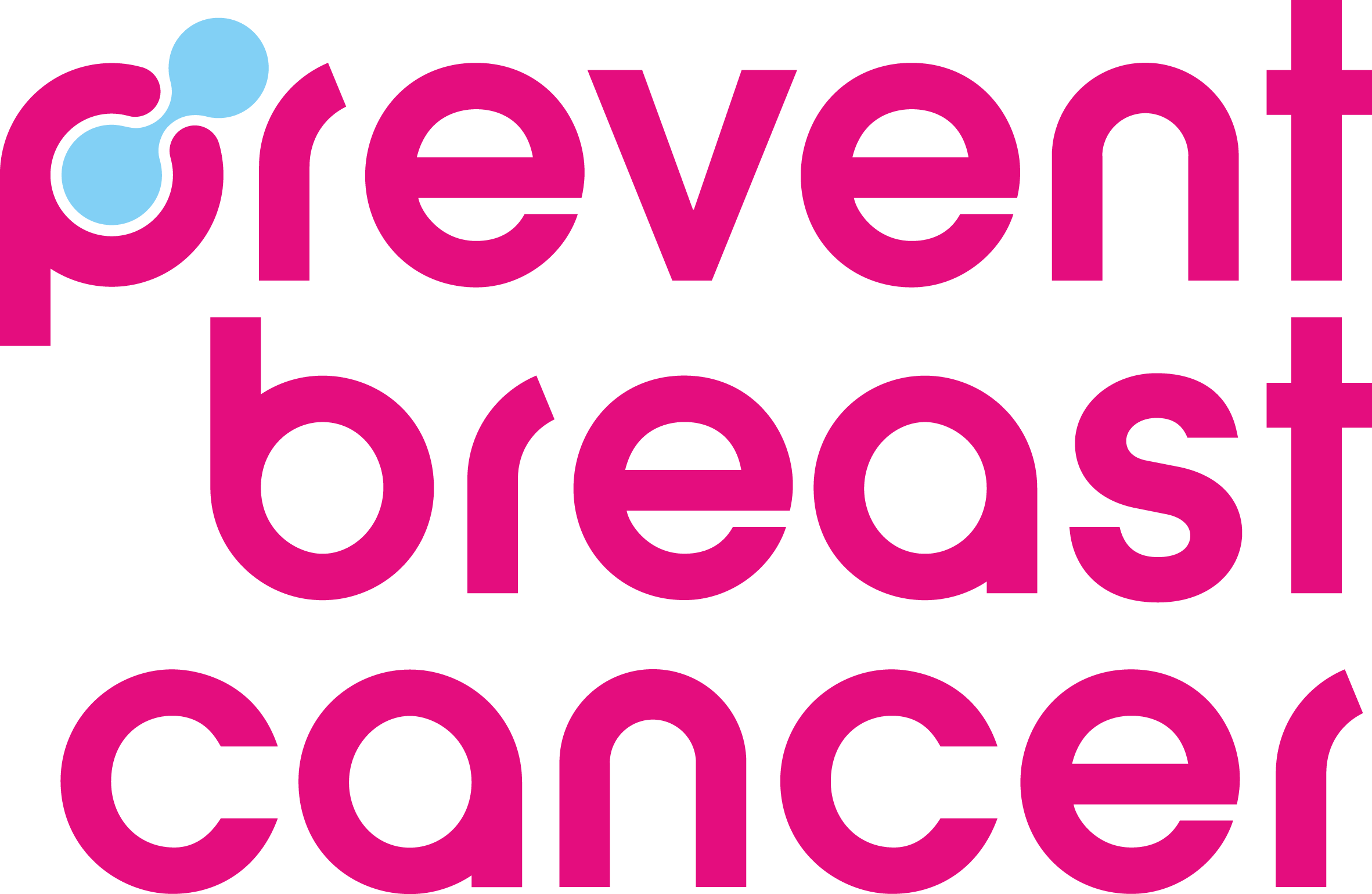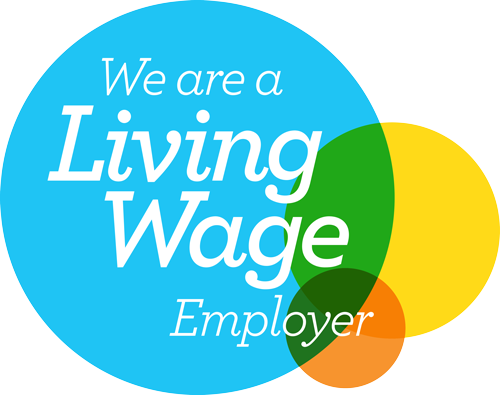Dr Hannah Harrison is a research fellow at the University of Manchester and a member of The Manchester Breast Centre, with over 20 years’ experience in cancer research. She focuses on developing better ways to study breast cancer. Her current work, fully funded by Prevent Breast Cancer, introduces a new method to create models of human breast tissue to be used to test drugs to prevent breast cancer.
Despite advances in detecting and treating breast cancer, the number of cases keeps rising. It’s crucial to identify women at high risk and offer them medications to lower their chances of developing the disease. Currently, drugs like tamoxifen, raloxifene, and anastrozole can reduce risk, but they often have tough side effects, deterring many women from using them.
Hannah is passionate about 3Rs research, which refers to the replacement, reduction and refinement of the use of animals in medical research. She has developed both pre-cancerous and metastatic disease models which replace or reduce the reliance on animals.
Her current work introduces a new method using a gel called VitroGel® to create models of human breast tissue to be used to test preventative drugs.
We interviewed Hannah to find out more about her breast cancer prevention research.
Could you tell us about your job role, and why you chose to work in this area?
I’m a post-doctoral research fellow based at Manchester Cancer Research Centre as part of the Breast Biology team. Our team investigate many stages of disease from risk and prevention to treatment and metastatic disease. Breast cancer is the most common cancer in women and responsible for many deaths each year. My career goal is to improve the statistics – less women developing the disease and longer and better lives for those that do.
What research project/s are you currently working on?
A major focus of my work is to develop models which are better than those currently available and to reduce/replace animal use wherever possible. I am currently working on a number of projects:
1) Modelling normal breast and looking at risk increase/reduction following exposure to drugs, hormones and chemicals.*
2) Modelling interactions between breast tumours and sites of likely metastasis, like bone, lung, brain and liver, so that we can find ways to stop the cells moving and growing.**
3) Investigating the role of a protein called Hypoxia Inducible Factor 1 alpha in metastasis and outcome.***
How would you explain what a preclinical model of the normal human breast is to someone without a scientific background?
Our model allows us to culture breast tissue in the lab without it changing – its growth and viability are unaltered, it maintains all the structures, receptors and cell types which were present in the patient, and it responds to hormones in the same way as it did on the day of collection. This is extremely valuable as it means we can expose the tissue to drugs, hormones or chemicals and ask what they do to the normal breast, knowing the findings are relevant. Translation of drugs from bench to bedside has a high failure rate and we believe this is, in part, due to poor preclinical models. We hope that our model will help to change that and we, and others, will be able to make more headway in the fight to prevent the disease.
Why are you committed to the 3Rs, which refers to the replacement, reduction and refinement of the use of animals in medical research?
Animals in research have a place and can be extremely valuable but, I believe, there is a tendency to use them as a matter of course without asking whether they are the best option. In the case of modelling normal breast, for example, animal models are poor – they don’t take the whole breast microenvironment into account; they don’t respond to hormones in a realistic way; the immune system is compromised – and so we need to find alternatives. When there is a replacement, reduction or refinement opportunity available, I think we should use it and I have focussed a great deal of effort on making these models so that those opportunities exist in the future.
What impact do you see this project/s making for the future of breast cancer research? How will this study support the prevention of breast cancer?
Our model of the normal breast has great potential for use as a preclinical model and we are already using it to study the influence of risk-reducing agents. Our hope is that we will be able to identify which patients will benefit from current preventative strategies, allowing us to tailor treatment, and to identify and offer new risk-reducing treatments with better impact and fewer side effects. This will allow more people benefit from preventative treatments.
Thank you to Hannah for taking the time to discuss her fascinating research with us.
To learn more about Hannah’s pioneering research and her team’s efforts to pave the way for personalised prevention strategies, visit the ‘Investigating prevention using a human tissue ex-plant model’ project page and watch a video about the project.
You can also access The Well Bioscience Webinar recording for deeper insights into this explant model.
Find out more about The Manchester Breast Centre.
* Funded by Prevent Breast Cancer and Breast Cancer Now.
** Funded by NC3R, CRUK and FRAME Innovation.
*** Funded by Translation Manchester and The University of Manchester.
About Prevent Breast Cancer
Prevent Breast Cancer is the only UK charity entirely dedicated to the prediction and prevention of breast cancer – we’re committed to freeing the world from the disease altogether. Unlike many cancer charities, we’re focused on preventing, rather than curing. Promoting early diagnosis, screening and lifestyle changes, we believe we can stop the problem before it starts. And being situated at the only breast cancer prevention centre in the UK, we’re right at the front-line in the fight against the disease. Join us today and help us create a future free from breast cancer. If you have any questions or concerns, email us today.




